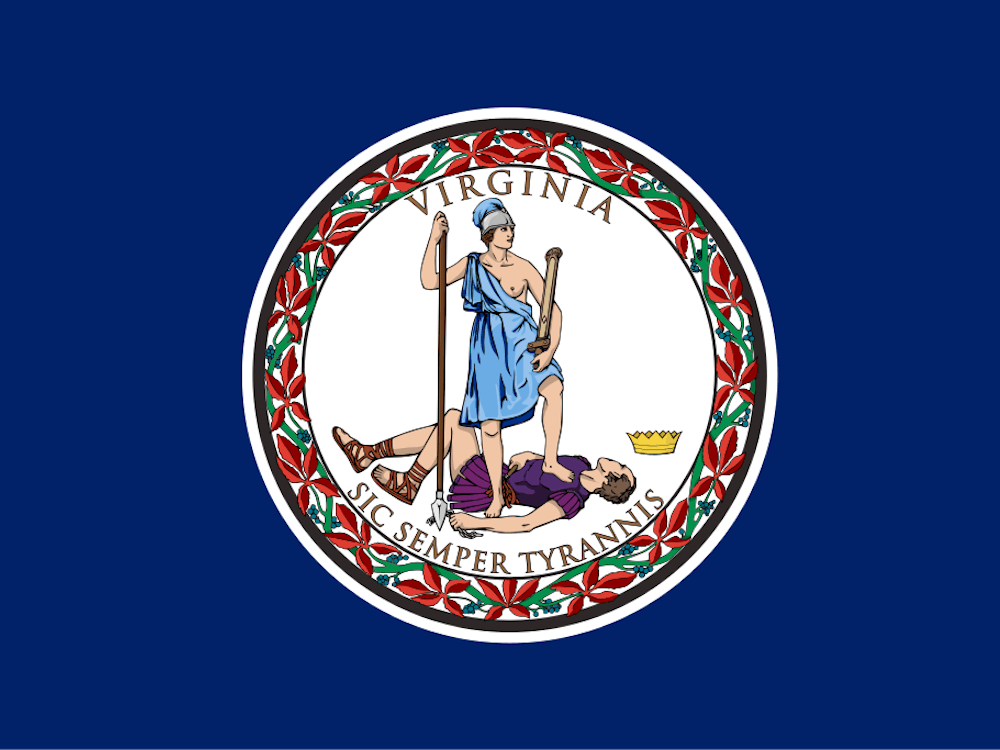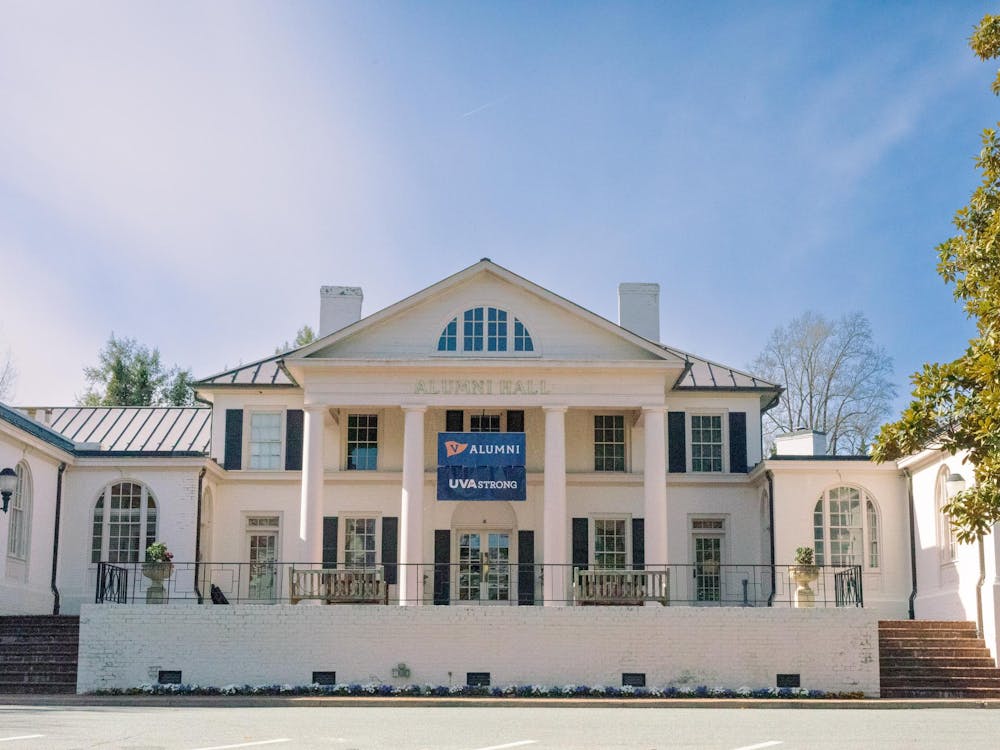FOLLOWING some 51 years of existence, New Cabell Hall is on its way down. A little over a week ago, the Board of Visitors voted to completely demolish New Cabell Hall. It will be replaced with a new Arts and Sciences building on Jefferson Park Avenue, and a "new" New Cabell Hall. Additionally, renovations are planned for Cocke and Rouss Halls - voted some of the worst buildings on Grounds - along with construction of a new parking garage. In the midst of the attention this project is receiving, a more subtle point is easy to miss. This project is a great opportunity for the University to begin closing the publicity gap between athletic and academic expenditures.
It's no big secret that athletics programs at the University are a big deal financially, both in maintenance costs and revenues. Last year's completed renovation of Scott Stadium was spurred by a $23 million gift from Carl Smith - the resulting project carried a price tag of over $50 million, the majority of which came from alumni giving. This past June the athletics department received a $20 million anonymous donation to help get the ball rolling for a new basketball arena and related facilities, which will cost an estimated $125 million. To illustrate the point more generally, the Virginia 2020 Task Force - a group assembled this past April to identify future needs of the University - found that the athletics department will need a $100 million endowment to maintain its program at current levels.
On top of that, academic programs similarly run at a high cost. The current renovation and expansion of Clark Hall will cost $31 million. The new Arts & Sciences building, renovations to Cocke and Rouss Halls, and the new parking garage will cost a combined $126.7 million.
The discrepancy between athletic and academic programs, however, lies in which area receives a larger amount of attention.
Scott Stadium is highly visible. Any football game at Scott Stadium can be broadcast nationwide to millions of homes. Basketball games in University Hall, similarly, can grab nationwide attention.
New Cabell Hall, however, rarely sees a television camera. The same can be said for Rouss and Cocke Halls. Alumni and friends of the University cannot see the buildings' deteriorating state from their living rooms as they can a football stadium. They cannot hear the loud rattling of archaic window air conditioning units. They cannot notice the rotting-out ceiling tiles, broken doorways and endlessly confusing system of signs indicating you are on "1 of 6 floors." Once they leave the University, until they return for a visit, alumni rarely get to see the buildings they once occupied on a daily basis.
This lack of visibility likely is one of the key reasons that buildings around Grounds fall into disrepair. If donors could observe the everyday conditions of buildings around Grounds, more attention likely would be attracted toward academic programs and facilities.
The University can expose these problems, and by doing so, attract more money to academic facilities and programs. Web cams, such as the one outside Cabell Hall facing the lawn, provide a live and unedited window on the University for the outside world. Placing Web cams in some buildings on Grounds to be broadcast on the University's Web site - such as in the new Arts and Sciences building or Rouss Hall - would allow alumni and friends of the University to see the product of their financial gifts in complete fruition. Given this kind of exposure, Web cams likely would encourage more attentive maintenance of private investment in construction and renovation of these buildings.
Additionally, publicizing facility cleanliness and maintenance in highly visible areas, like the Alumni Magazine or on the front page of the University's Web site, will help bring attention to academic buildings on Grounds. By discussing the state of buildings around Grounds in University publications, more attention can be drawn to academically-minded donations to the University.
If the University consistently can attract donors by exposing academic facility problems as they arise, then it will likely face an easier time when renovation and rebuilding become necessary. If the University can't attract donor attention before facility problems present themselves, then this cycle of hesitation to renovate and repair will continue to repeat itself.
(Austen Givens is a Cavalier Daily viewpoint writer. He works in the U.Va. development office.)






